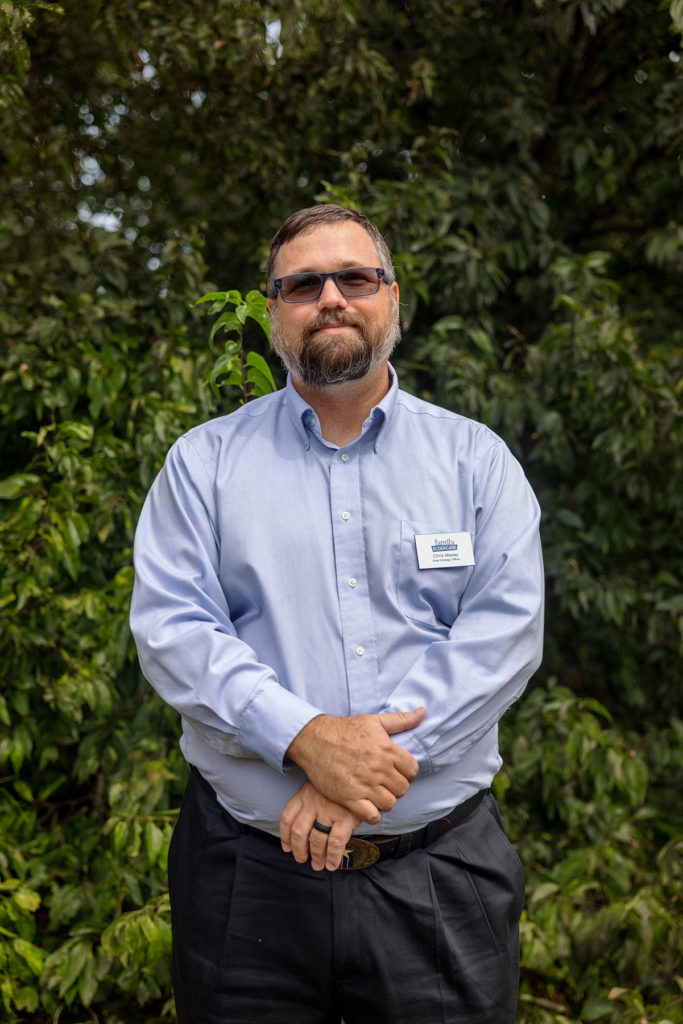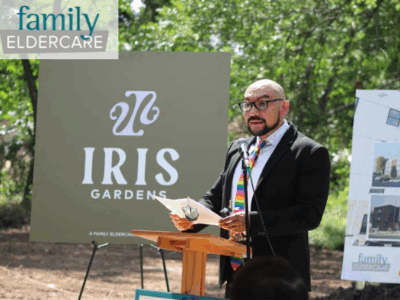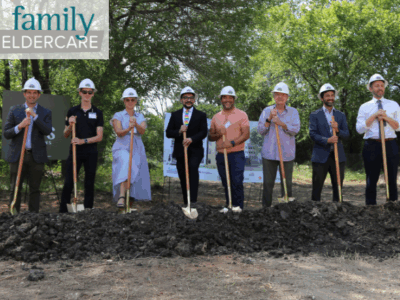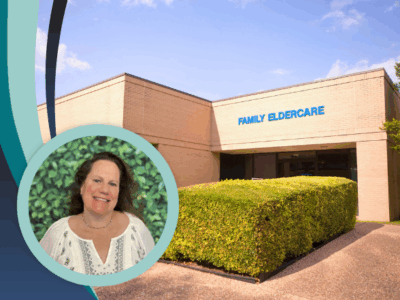The past several years have challenged us all in so many ways. If we have learned anything from the COVID-19 pandemic, racial reckonings, and natural disasters, it is that we need each other.
Over the past year, Family Eldercare has been working hard to make sure that the people we serve are safe and connected no matter what.
We hired a Chief Strategy Officer, Chris Masey. Chris is heading our agency’s resiliency planning, which includes planning for disasters like last winter’s storm.
Chris answers some questions about Family Eldercare’s resiliency planning efforts:

Q: What does a resilient organization look like?
A: In a crisis, communication is critical. We need to be able to connect internally with staff, as well as with our clients and other partners. We need to know what questions to ask and make sure that we are making information accessible to many different groups – like people with different disabilities, people without access to the internet, people with limited English abilities, people living in camps, etc. We need to make sure we are really checking in with each client and making sure there are no safety issues that we might miss.
We also need to make sure we have backups to our backups: for staff, for our data systems. For example, if 10 staff members lose power during a storm, are there other staff members who are prepared to take calls from clients? Are important files saved somewhere that they can be accessed securely from anywhere? During Winter Storm Uri, many of Family Eldercare’s staff members were without power. Thanks to heroic efforts on the part of those who were able, Family Eldercare managed to help many clients, staff members, and the greater community during the crisis. Going forward, we want to make sure we have supports and supplies for whatever arises in the future, so that we don’t have to rely on individual heroics.
Finally, we need to be prepared for many different scenarios. This means thinking about what our staff and clients might need in a disaster and having those available before anything happens. If we wait until a storm is coming to order supplies, it’s already too late.
Q: What has happened so far?
A: First off, all of our staff are now fully equipped with cell phones and laptops so they can work remotely if needed. We’ve also ordered emergency items already so that we have them ready before winter hits. We’re very grateful that we had resources available thanks to donations from our community and around the country.
We’re developing plans to make sure we are prepared for many different scenarios – storms, pandemics, etc. Those plans include having backups for staff. If someone isn’t able to work, clients should still be able to get connected to resources, even in a community-wide crisis when half our staff has no electricity like we saw last February.
Going forward, we’ll want to continuously be updating our plans. We can learn from everything that’s happened already and we should continue to learn and adapt based on whatever happens in the future.
Q: What can others be doing to prepare?
A: There are so many important resources that have come out. Here are a few that I would recommend:
Our partners at the Austin American-Statesman just released a Guide to getting Texas homes, cars, pantries ready for severe weather – this is a great place to start.
We’ve also been hearing that people with older phones may be at risk of losing their service – in a disaster, having access to a working phone can save your life. Make sure that you and everyone you know has an updated phone to avoid losing connection. This webpage has more information on this update.
Ready.gov is one of the most comprehensive resources for preparing for different types of emergencies. I’d recommend starting with their section on how to make a disaster plan. There’s also a specific section on ways people with disabilities can prepare – and another that lists various ways that everyone can get involved to help others during a disaster.


